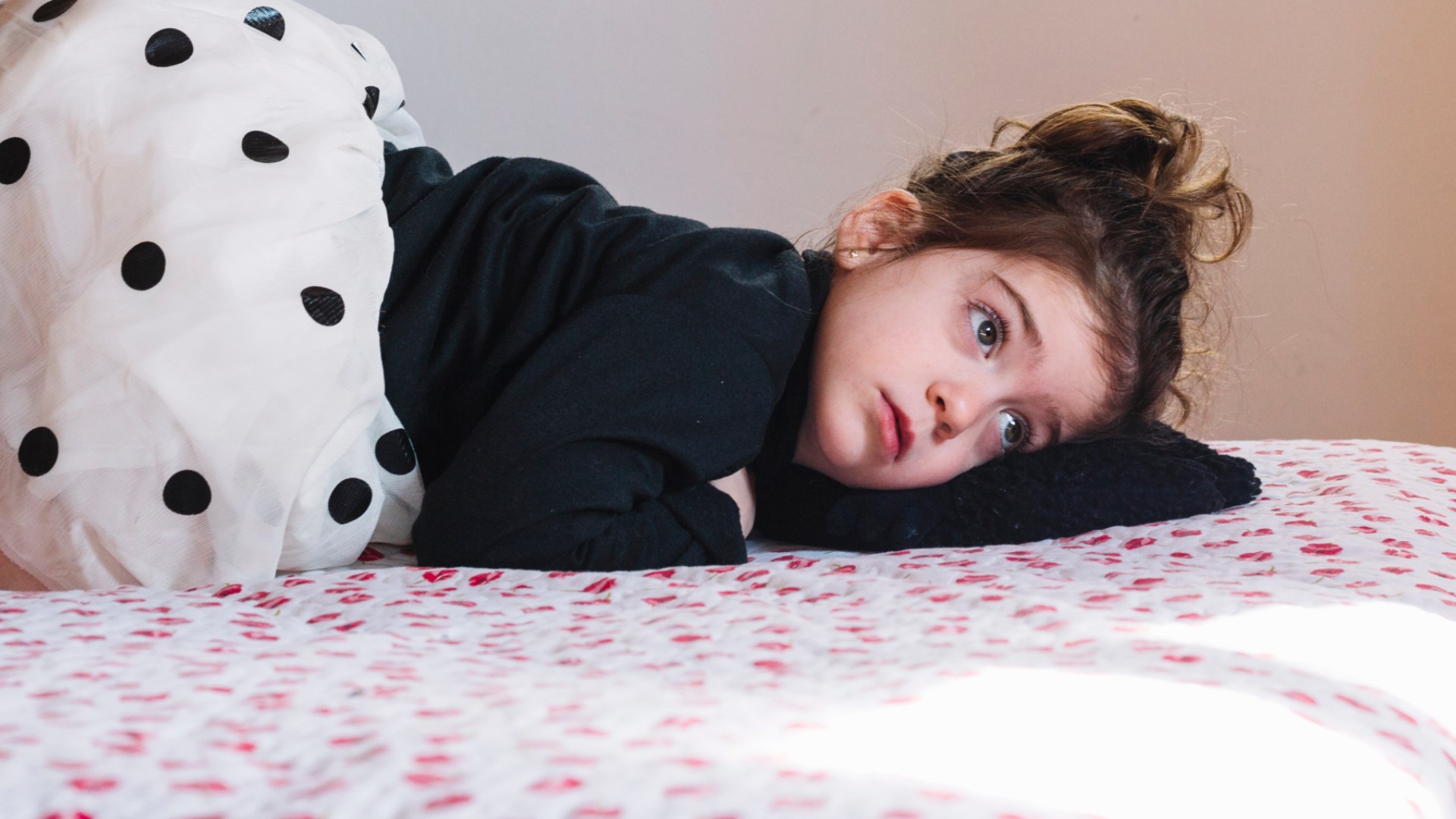Before turning off the light, parents peer under the bed and do a quick search of the children's room to reassure them. Many children believe a monster is hiding on the other side of the mattress. And judging by their descriptions, it's not a friendly Pixar-style monster, but a sinister creature. Even if you think monsters only exist in horror movies, this is actually a much deeper metaphor than it seems.
A normal, healthy, and necessary fear
We've all heard it, sometimes whispered, sometimes shouted, always with the same urgency: "There's a monster under my bed!" A phrase that transcends generations like a universal childhood rite of passage. And parents feel compelled to check every corner of the room, just like the characters in "Ghostbusters." They turn the whole room upside down to prove to their child that there's nothing to fear, that they're safe. At first, parents tell themselves , "It's all in their head, it'll pass," and they're not entirely wrong. Around the age of four or five, children develop a boundless imagination: their brains become veritable generators of scenarios, capable of making a shadow come alive or a mysterious noise absolutely terrifying.
At this age, the brain learns to cope with the unknown, the dark, and the absence of parents in the room. What seems like irrational fear is actually a phase of emotional learning. The child tests their limits, explores their anxiety, and discovers how to regulate it. In other words, the monster under the bed is a helpful character: it helps the child tame their fear, like learning to swim before diving into the deep end.
It's the survival instinct speaking.
This child, who believes a monster is hiding under his bed, hasn't been listening to scary stories. He's simply having a normal reaction to the night. Since prehistoric times, our brains have automatically responded to dark areas , unfamiliar noises, and hidden spaces. For our ancestors, danger could indeed lurk behind a rock, in a bush… or potentially under a shelter. Even today, this biological programming remains active, especially in young children, whose emotional brain is very dominant.
The result: under a bed is dark, inaccessible, unfamiliar—exactly the kind of place that triggers a vigilance reflex. The child's brain interprets this place as potentially dangerous, and their imagination then takes over to give this danger a face: a monster, a creature, "something." A child sleeping on a tatami mat probably won't have this fear.
When the monster illustrates emotions
The monster under the bed, the antagonist of the friendly imaginary friend, is a personification of the child's fears . In other words, this supposed monster that delays your little one's sleep and hides in the shadows is a collection of emotions. These little creatures that haunt children's minds after nightfall can symbolize:
- a recent worry (separation, moving, starting school),
- an emotion he doesn't yet know how to name,
- a need to be reassured, contained, heard,
- or simply the need to exist through a grand story.
The monster, in reality, acts as a vehicle for expression. A vague emotion suddenly becomes concrete, visualizable, and therefore reassuring: it can be talked about, confronted, and chased away. This is why listening to a frightened child is often more effective than convincing them that "monsters don't exist." Allowing them to verbalize, invent, draw, or name this monster gives their brain the tools to regain control.
The monster under the bed doesn't just disappear; it makes way for a greater inner strength. To help your child embrace its presence instead of fearing it, show them "Monsters, Inc." They'll surely enjoy saying goodnight to it after watching.

